“If I don’t take myself out of this game – I will die”
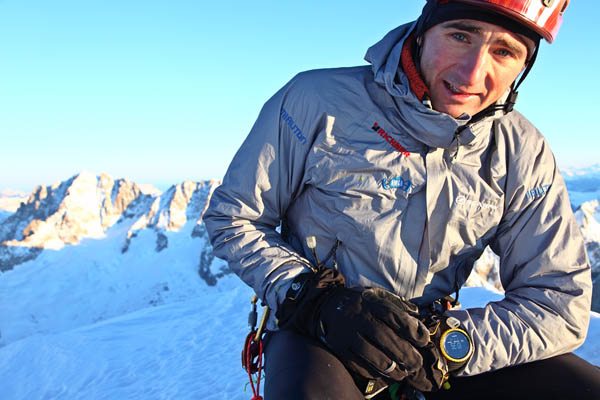
Of the hundreds of climbers preparing to tackle Mount Everest this spring, all eyes are on “Swiss Machine” Ueli Steck and the route and style he chooses.
At Everest Base Camp, swissinfo.ch spoke to the 36-year-old, who has made a name for himself among the world’s climbing elite for his solo speed ascents on some of the world’s toughest mountain faces, in both the Alps and Himalaya.
There is a lot of pressure on him to attempt a new or difficult Everest line rather than the standard South Col route. He’ll also forego the use of supplementary oxygen on the world’s highest peak.
And unlike most other climbers who spend weeks acclimatising at base camp, Steck tunes his body to the thin air by attempting ascents on tough surrounding lower peaks as quickly as he can (without using fixed camps) along with a fellow pro climber, American Freddie Wilkinson.
swissinfo.ch: Your latest project is quite ambitious by attempting difficult routes on three Himalayan peaks (Tawoche 6,495m, Cholatse 6,501m, Ama Dablam 6,914m) before climbing Everest. Aren’t you worried you are biting off more than you can chew?
Ueli Steck: True, it’s a tight programme and even though my main goal is reaching Everest without oxygen, I would rather climb other peaks than sit at base camp for two months without achieving anything. Even if I just get to the top of one of the three peaks, I’ll have at least reached a summit.
swissinfo.ch: You are calling your project “Khumbu Express”, which gives the impression that you are running up and down these peaks without having time to enjoy the scenery.
U.S.: I probably enjoy the mountains more than most people here. Everest climbers go up and down several times to acclimatise. I do that on other mountains, where I see different [landscapes]. Some people may think that I am doing too much but I prefer climbing mountains to sitting around.
swissinfo.ch: How important is it for you to get to the top of Everest without using supplementary oxygen?
U.S.: Climbing Everest via the normal route is certainly not the biggest achievement in my climbing career. On the other hand, it is the highest mountain and getting to its top without supplementary oxygen and Sherpa support is a huge challenge. There are some things on my climbing agenda that I want to do and climbing Everest is one of them.
swissinfo.ch: Is there a lot of pressure for you to get to the top of the world?
U.S.: In my position I have to be very careful since people expect a lot from me. If I don’t take myself out of this game I will die sooner rather than later. I have never climbed Everest without oxygen and it is a big challenge, even via the normal route. I have heard a lot of rumours about my plans on Everest and there is a lot of blah blah about what I am going to do. At the end of the day, I do my own thing and if I don’t succeed it will not be the end of the world. I no longer feel the pressure or care about what other people say.
swissinfo.ch: You are a purist climber, who is known for doing remote and difficult routes. How do you feel about the luxurious and commercial life at Everest Base Camp?
U.S.: There are people who condemn commercial expeditions as well as climbing Everest with supplementary oxygen but if you come here, you have to accept it. Commercial expeditions are not my thing but they also bring a lot of money to Nepal, which is a poor country. If you want an adventure, don’t come to Everest. There are so many other interesting mountains around. Here on Everest, you may be able to decide whether to use supplementary oxygen or not, but not using the fixed ropes is not really an option.
swissinfo.ch: Will you be using the ropes that were set in place by the Sherpas?
U.S.: What’s the point in climbing next to the fixed ropes and not using them? It is like driving a car without wearing your seatbelt. It would be stupid, just like not looking at the weather forecast. I probably won’t use my ascending device but I if I think it’s necessary, I’ll certainly clip in for safety.
swissinfo.ch: You are known as a mountaineer who does crazy things and a lot of people believe that you will probably die at a young age. Do you ever feel that you are risking your life?
U.S.: First of all, it’s too late for me to die young – I’m already 36! And no, I never risk my life. I’m a control freak. When I did the solo speed ascent of the Eiger North Face, I was probably safer than those parties roped together – I know that I am not going to fall. It is like walking down the stairs. You never think about falling when you just put one foot in front of the other. However, you have to be honest with yourself – you can only do this for a certain period of your life; when you try again without having the right skills, it can be very dangerous. Risk is always related to your own skills, and I trust my skills.
swissinfo.ch: Have you ever thought about what to do when you can no longer climb?
U.S.: In the long run, I would like to get away from the sponsorship, so I can decide completely what I want to do. I definitely know that I want to climb for the rest of my life. When you have sponsors there is a lot of pressure and expectations – and all of a sudden you are getting too old, even at 36. I’ll have to make my living with other things and I am already working on it. I am currently writing my third book and I am really enjoying this part of my career. I have learnt a lot about myself through writing.
swissinfo.ch: Your speed record on the North Face of the Eiger was broken by a young Swiss climber. How do you feel about that?
U.S.: This is life – everything gets topped and I always knew that sooner or later it will happen. I can still be proud, though, since I set a new trend of speed climbing.
swissinfo.ch: Being as famous as you are – how do you keep your feet on the ground?
U.S.: It is difficult sometimes, especially when people treat me like a superhero. When it becomes too much I have to tell myself that I am just a normal guy – and if I don’t succeed [in convincing myself], my wife certainly will.
Every year, more than 800 climbers attempt to reach the top of Everest with an average of around 500 to 600 having reached the top every season for the past five years.
Spring is the main climbing season and more than 60 expeditions usually settle on the south side in Nepal and the north side in Tibet on the foot of the mountain.
Most climbers use Sherpas, oxygen and the rope, which is fixed by the Sherpas.
Every season, the so-called Sherpa “Icefall Doctors” prepare the treacherous Khumbu Icefall with ladders and fixed ropes for the climbers to get through. It is considered the most dangerous part of the climb.
In total, Everest has seen 5,567 successful ascents (this number includes multiple ascents) and almost 15,000 people have attempted to reach the summit since 1953.
Since Everest was first climbed in 1953, a mere 134 people have reached the top without supplementary oxygen, two of which were Switzerland’s Erhard Loretan and Jean Troillet. The pair achieved a speed record on the North Face in 39 hours in 1986.

In compliance with the JTI standards
More: SWI swissinfo.ch certified by the Journalism Trust Initiative


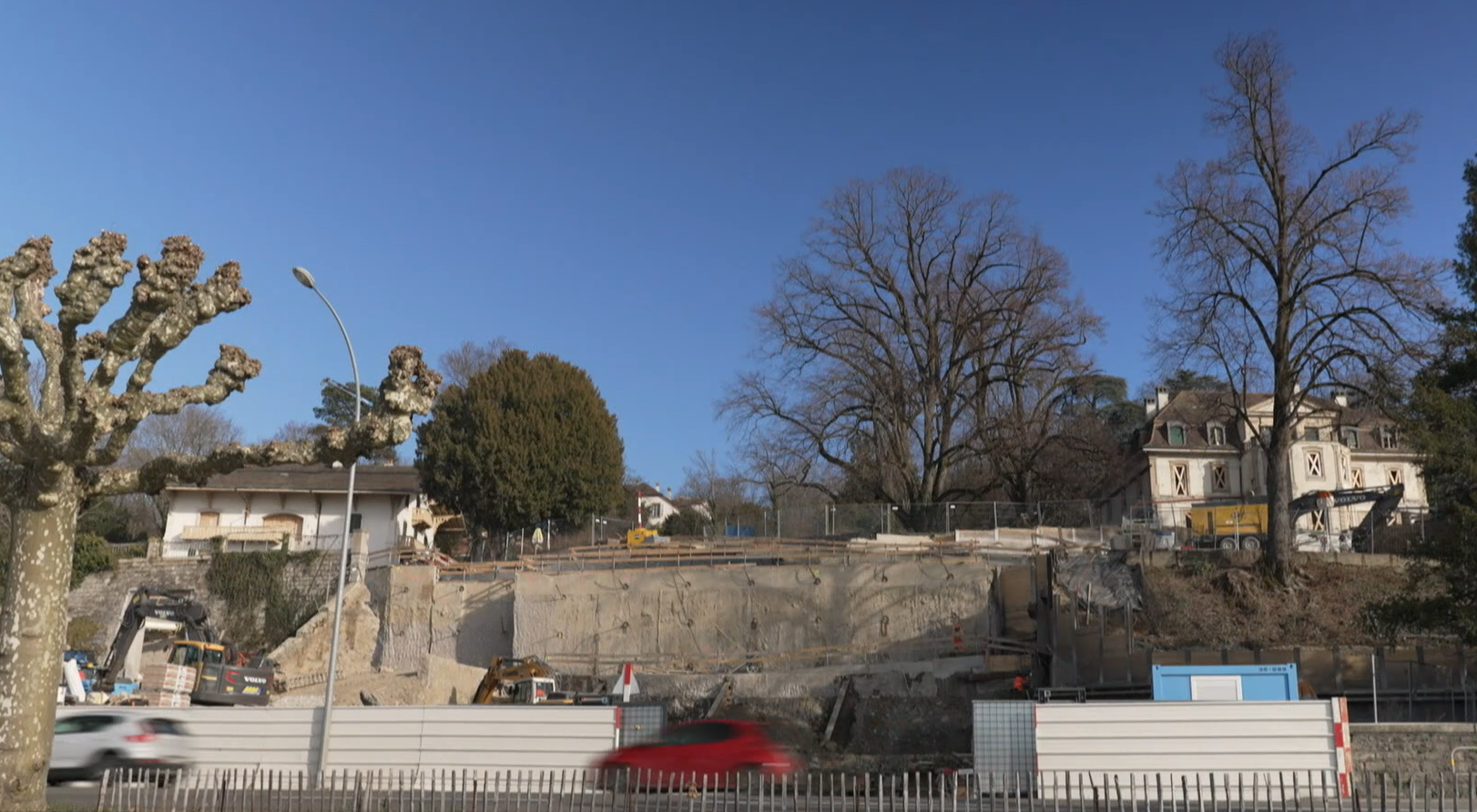






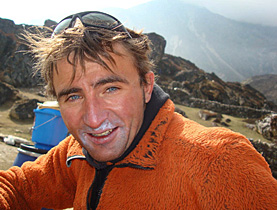
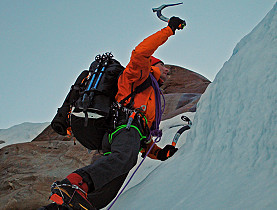
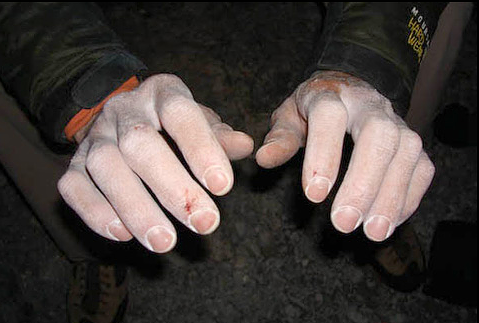

You can find an overview of ongoing debates with our journalists here . Please join us!
If you want to start a conversation about a topic raised in this article or want to report factual errors, email us at english@swissinfo.ch.